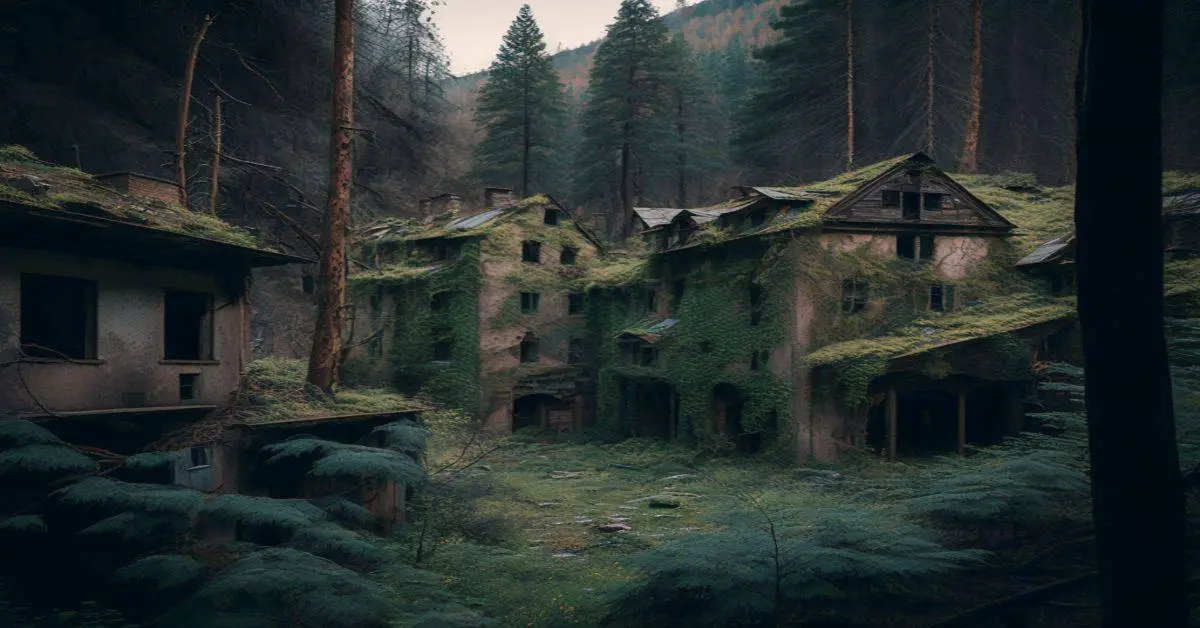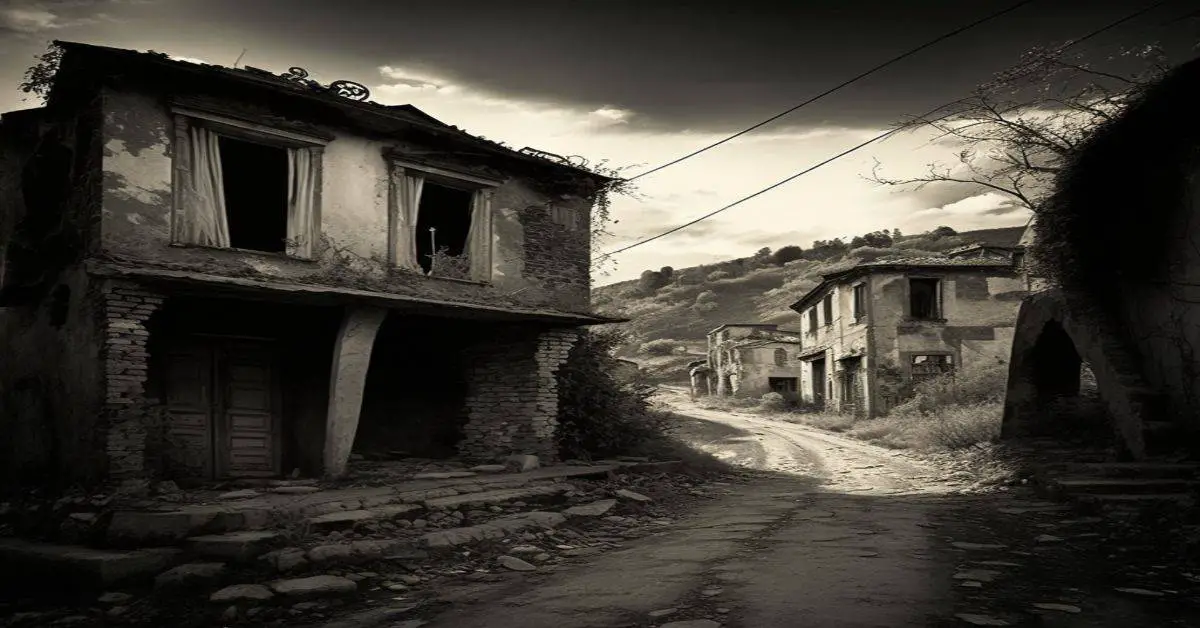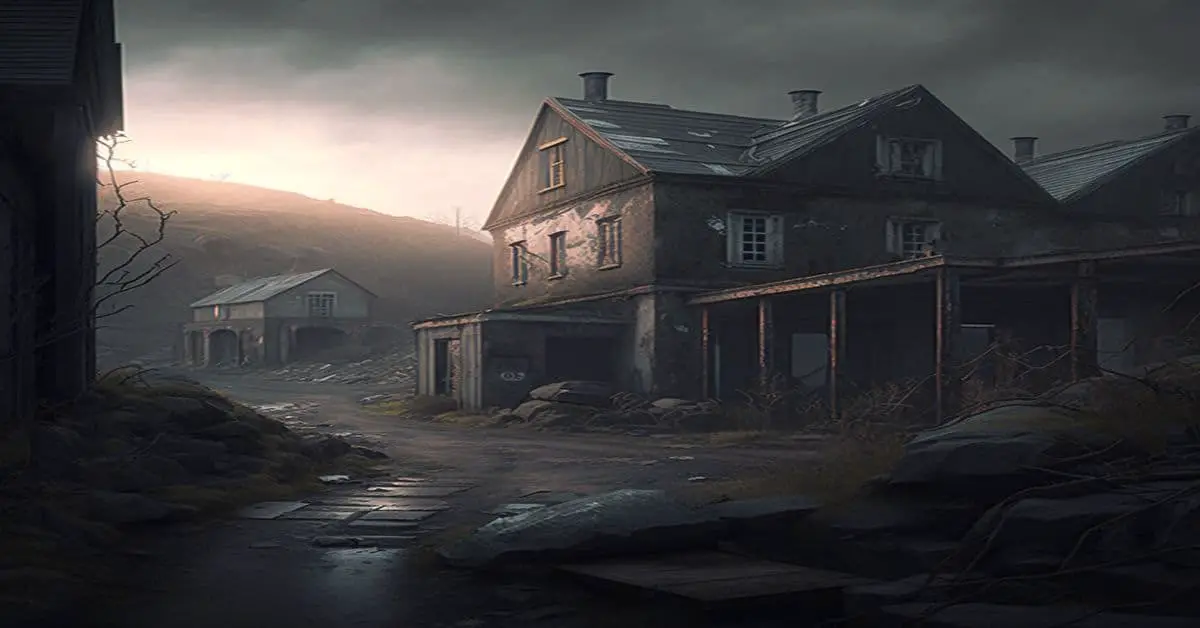Throughout history, the phenomenon of boomtowns transforming into ghost towns has been a recurring theme. In this article, we delve into the reasons behind this drastic transformation and explore the factors that led to the rise and fall of these once-thriving communities. So, why did boomtowns become ghost towns? Let’s find out.
The Boomtown Phenomenon
What is a Boomtown?
A boomtown is a community that undergoes sudden and rapid population and economic growth. This growth is usually attributed to discovering a precious resource such as gold, silver, or oil.
However, boomtowns can also emerge for other reasons, such as proximity to a major metropolitan area, huge construction projects, or an attractive climate. The rapid influx of people and money often leads to a bustling economy and an increased demand for goods and services.
The Rise of Boomtowns
Boomtowns have emerged throughout history in various parts of the world. Some notable examples include the gold rush towns in the United States, oil boomtowns in Canada, and mill towns that were established during the Industrial Revolution in the United Kingdom.
These towns experienced rapid growth and development, as people flocked to exploit the newfound opportunities. Businesses catering to the needs of the growing population also thrived, further contributing to the economic boom.
The Transformation to Ghost Towns
What is a Ghost Town?
A ghost town is an abandoned city, town, or village with visible remains such as empty buildings. Ghost towns can be created for various reasons, including economic collapse, natural disasters, depletion of resources, or manmade catastrophes. In many cases, these towns were once thriving communities that experienced a sudden decline, forcing residents to leave and turning once-bustling streets into eerily silent and desolate places.
Factors Leading to the Fall of Boomtowns
The transformation of boomtowns to ghost towns can be attributed to several factors. Some of the most common reasons for this drastic change include:
- Economic Collapse: Once the resource that fueled the boomtown’s growth is depleted or experiences a significant price drop, the town’s economy can collapse. This often leads to unemployment, business closures, and people leaving to find opportunities elsewhere.
- Natural Disasters: Events such as floods, fires, or earthquakes can damage or destroy a town’s infrastructure and resources, making it difficult for residents to continue living there.
- Drought and Famine: A lack of water or food can force people to abandon their homes and search for better living conditions elsewhere.
- Disease and Contamination: Outbreaks of diseases or contamination of resources (such as water) can render a town uninhabitable.
- Natural Resource Depletion: The exhaustion of a vital resource, such as timber or minerals, can lead to a decline in the town’s economic activity and eventual abandonment.
- War, Capture, and Sacking: Conflicts and conquests can result in the destruction of a town and the displacement of its residents.
- Manmade Disasters: Incidents like nuclear accidents or industrial catastrophes can force people to leave their homes and render the area uninhabitable.
The Life Cycle of a Boomtown
The Initial Boom
The life cycle of a boomtown usually begins with the discovery of a valuable resource or a sudden increase in demand for a particular product or service. This leads to a rapid influx of people and businesses, as they are drawn to the area by the promise of high-paying jobs and lucrative opportunities.
As the population and economy grow, the town’s infrastructure and services struggle to keep up with the demand, leading to a range of social and environmental issues.
The Peak
At its peak, a boomtown experiences a period of high economic activity and prosperity. Businesses flourish, and the local population enjoys a high standard of living. However, this period of growth is often unsustainable, as the town becomes increasingly reliant on a single industry or resource.
As a result, the boomtown becomes vulnerable to external factors such as fluctuations in global markets or resource depletion.
The Decline
Once the resource that fueled the boomtown’s growth becomes scarce or experiences a significant price drop, the town’s economy starts to falter. Unemployment rates spike, businesses close, and residents begin to leave in search of better opportunities elsewhere.
The town’s infrastructure and services, which were once strained by the rapid growth, now struggle to cope with the declining population and economic activity.
The Transformation to a Ghost Town
As more and more people leave the town, it starts to take on the characteristics of a ghost town. Empty buildings and abandoned streets become common, and the once-thriving community becomes a shadow of its former self. In some cases, the town may become completely deserted, with only the remnants of its past serving as a reminder of its boomtown days.
Examples of Boomtowns Turned Ghost Towns
Bodie, California
Bodie was a gold-mining town in the 1870s and 1880s. At its peak, it had a population of around 7,000 people, with numerous saloons, newspapers, and a thriving local economy. However, when more promising mining towns emerged in other locations, most of the miners left Bodie, and the town’s economy and population never recovered. Today, Bodie is a well-preserved ghost town and a popular tourist attraction.
Centralia, Pennsylvania
Centralia was once a thriving coal-mining town, but in 1962, a mine fire broke out beneath the town, which has been burning ever since. The fire led to the release of toxic gases, making the town uninhabitable. Most of the residents were forced to leave, and Centralia is now largely abandoned.
Oradour-sur-Glane, France
Oradour-sur-Glane was a small town in France that was destroyed by the German Armed Forces during World War II. The town’s population was massacred in an act of retribution for French Resistance activities. Today, the ruins of Oradour-sur-Glane serve as a memorial and a haunting reminder of the atrocities committed during the war.
The Future of Boomtowns and Ghost Towns
While the story of boomtowns turning into ghost towns is as old as time, the future holds hope and challenges for these communities. Some ghost towns have been successfully revitalized through tourism, as visitors are drawn to their historical significance and preserved architecture. Others, however, continue to face the challenges of economic decline, resource depletion, and a dwindling population.
In the case of modern boomtowns, diversifying their economies and investing in sustainable development could help mitigate the risks associated with reliance on a single industry or resource. By learning from the past, communities can strive to ensure that their boomtown days do not inevitably lead to a ghostly fate.
Conclusion
The transformation of boomtowns into ghost towns is a complex and multifaceted phenomenon, driven by a multitude of factors such as economic collapse, natural disasters, resource depletion, and manmade catastrophes. The rise and fall of these communities serve as a cautionary tale for modern societies, highlighting the importance of sustainable development, diversification, and adaptability in the face of changing circumstances.
By understanding the reasons behind the decline of boomtowns and learning from their mistakes, we can work towards building resilient and thriving communities for future generations.



